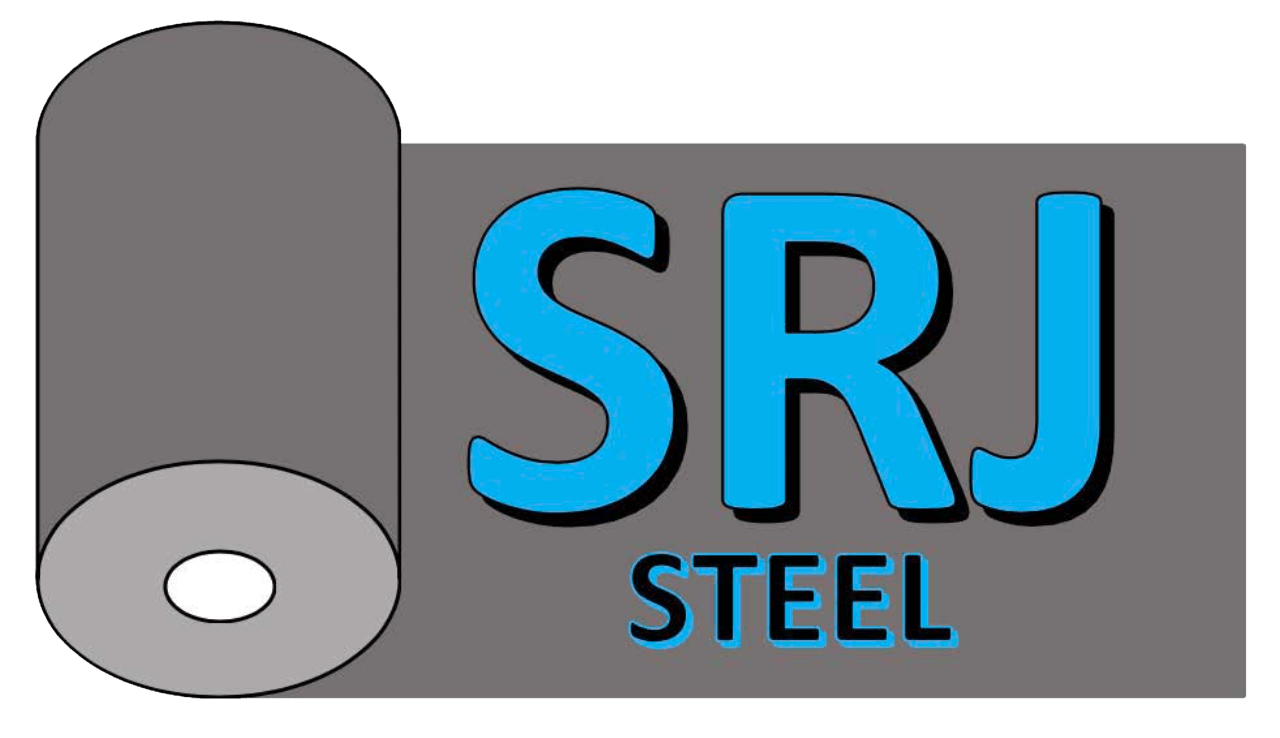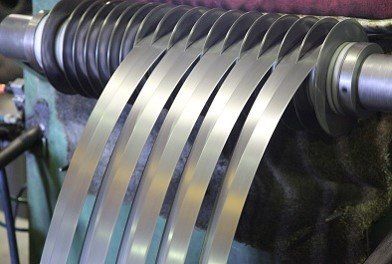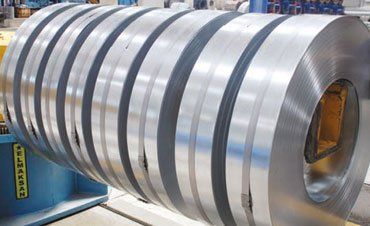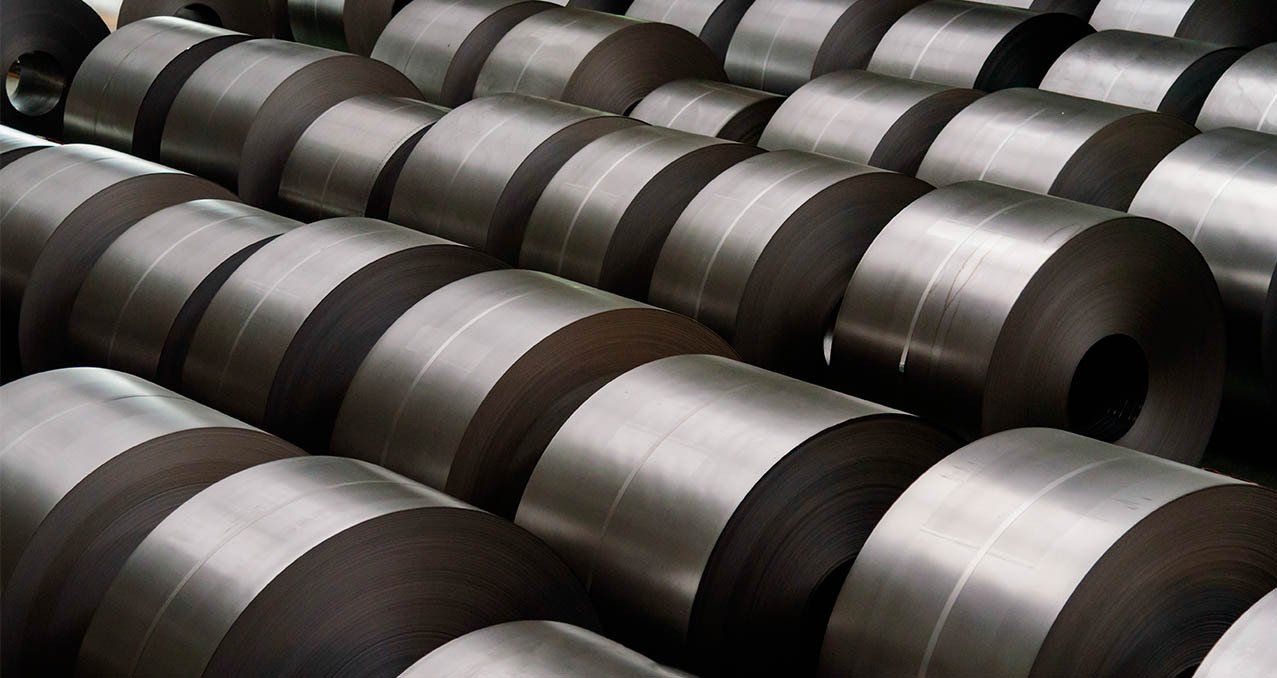
ENAMELING STEEL EXPERTS
The Enameling Process
Enameling is one of the oldest forms of working with both glass and metal to create color and pattern on the surface of the jewelry, wall work, and sculptures. It is an invaluable industrial process to coat steel for practical uses in appliances, cookware, and signage.

Enameling is a process by which powdered glass is fused to a metal substrate at high heat. Enamels can be applied to glass, ceramics, and most commonly, metals. The application of enamels can add color to the steel. The powdered glass can be applied either wet or dry to a surface. The enamel melts, flows, and fuses to the surface in a smooth coating when heat is applied. Firing temperatures using a spray generally range between 1,400- and 1,650-degrees Fahrenheit.
Enameling is an ancient process and widely adopted technology that has been used for thousands of years, dating back to the 6th century B.C. Throughout history, enameling was used to add color in place of precious stones in ceremonial objects. Artisans used enameling to decorate religious and ceremonial objects during the rise of the Holy Roman Empire and Byzantium.
The first utensils in enameled cast iron date back to the 18th century and appeared in Germany. The industrial revolution in the 19th century made it possible to manufacture cast iron and then steel in larger quantities, which opened the way for the development of enameling on these substrates. Present-day enameling processes have developed over the course of the 20th century, mirroring progress in steel production, but also keeping pace with ever stricter environmental regulations.
Enamel is a glass obtained by fusion at a high temperature between 1,000-1,300 degrees Celsius. Its main constituent is silica. Unlike painting, the enameling process produces a coating resistant to high heat as well as severe weather. For these reasons, common applications of enameling steel include the cooking industry and outdoor signage.
The enameling process entails applying and firing one or more layers of enamel on one or both sides of the suitable steel part. Successful enameling has two key characteristics: the good surface of the enamel to the steel, and good surface appearance after firing the enamel.
The carbon content of the steel can hinder the process of achieving these two characteristics. Carbon is important to ensure the adhesion of enamel. However, if the content is too high it can adversely affect the surface appearance of enamel.
The enameling process comprises several steps:
- Preparation of the surface of the part after forming
- Preparation of the enamel
- Application of the enamel to the steel
- Drying
- Firing at high temperatures
The purpose of the surface treatment is to obtain a surface that is compatible with the enameling process. In the past, pickling the steel was a common process to prepare the surface. Currently, most enamel shops will use an acid bath and then rinse to remove all oils from the part prior to enameling.
Enamel may be applied using either the wet or dry process. Both processes can be done through air-assisted manual spray guns or electrostatic spraying. Once the enamel has been applied, drying is a vital step after the wet application process.
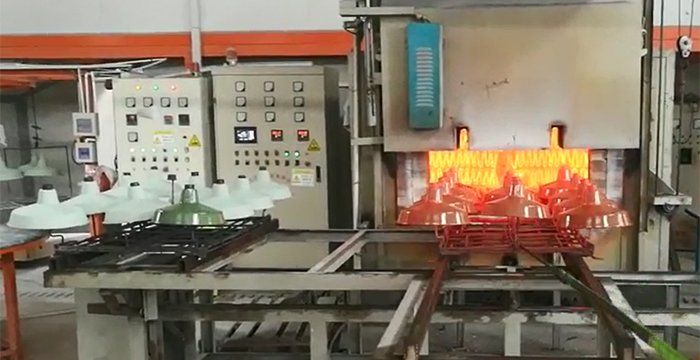
Firing is typically done at temperatures approximately 1,500 degrees Fahrenheit. It can be done in a box furnace or in a continuous tunnel furnace. Box furnaces are generally used for shorter production runs and small parts. They are particularly popular with independent enamellers. Tunnel furnaces are suitable for longer production runs. They are divided into three sections: Pre-heating, firing, and cooling. The parts arranged on cradles, pass through these sections, suspended from a conveyor.
The process of enameling is very complicated and requires excellent cooperation between the enameling steel supplier and the enameller. A variety of things can go wrong during the process, including specifying the wrong type of steel, poor preparation of the part prior to enamel, application of the enamel (too much enamel creates other problems), furnace temperature, and outside elements such as humidity all play a role in the success of the enameled part. However, with the proper steel type and an enamel shop with the proper controls, success is likely.
There are two basic types of enameling. One is called a ground coat system. The other is a two coat system, a ground coat plus a cover coat:
- Ground coat enameling:
- One coat/one firing.
- This process entails applying and firing one ground coat of enamel on each side of the part to be enameled and is intended for semi-visible and unexposed parts. Given that only one layer of ground coat containing naturally colored adhesion oxides is applied, only dark colors are possible.
- Typical end uses include oven cavities, broiler pans, and washing machine drums
- Conventional enameling:
- Two coats/two firings
- This process is used for visible parts. After performing ground-coat enameling (one coat/one fire), this entails applying and firing an enamel cover coat on the visible side (and possibly both sides).
- Typical end uses include built-in oven doors, burner bowls, bathtubs, and architectural panels
SRJ Steel supplies all types of enameling steel to manufacturers and can assist in specification review and trial approval. SRJ Steel also has over 30 years of experience working with enameling operations to ensure a successful end product is produced meeting the customers’ requirements.

Contact info
1438 Hillsboro Ave. SE
Grand Rapids, MI 49546
t: 616-706-2364
e: pete@srjsteel.com
finance@srjsteel.com
Follow us
Get In Touch
We will get back to you as soon as possible
Please try again later
